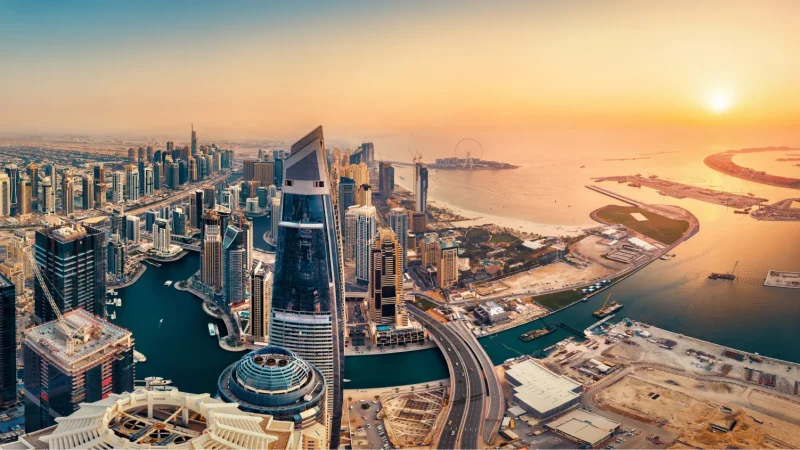Eating by the water, especially on a dock, feels like a special treat. However, there is more to dock dining than just the ambiance and food. The way these restaurants work behind the scenes tells an interesting economic story.
Many restaurants Marina face challenges and opportunities that affect how they run and how much guests pay.
Higher Costs for a Special Location:
Setting up a restaurant on or near a dock often means paying more for the space. Waterfront spots are limited and usually come with higher rents or fees. Building and maintaining structures that can handle water exposure and changing weather also add to costs. Because of this, the price of meals might be a bit higher compared to places inland.
Staffing Challenges on the Water:
Restaurants near or on docks often need staff who are comfortable working in this unique environment. Employees might need extra training to handle safety around water or to deal with weather changes quickly. This can sometimes increase labor costs. On the other hand, the appeal of working by the sea can attract workers who love the setting, helping restaurants keep a friendly team.
Fresh Ingredients and Local Sourcing:
Many dock dining spots pride themselves on fresh seafood and local produce. Getting these ingredients can be costly, but it adds real value to the menu. Some restaurants work directly with fishermen or local farms, which helps the local economy and offers fresher options. The cost of bringing in fresh goods daily or often is part of what shapes pricing and choices on the menu.
Attracting Tourists and Locals:
Dock restaurants often serve a mix of visitors and regular customers. Tourists come for the view and experience, which can boost sales but also bring unpredictability in numbers. Locals may return for favorite dishes or relaxed weekends. Balancing these two groups is important for stable income. Special events or live music can also bring in more people and keep business lively.
Seasonal Changes Affect Business:
The water setting means business can change with the seasons. In warmer months, docks are busy and lively, but colder or rainy seasons may slow down visitors. Restaurants might adjust hours or menus based on these changes. Planning around seasons helps manage costs and keeps the dining experience fresh.







